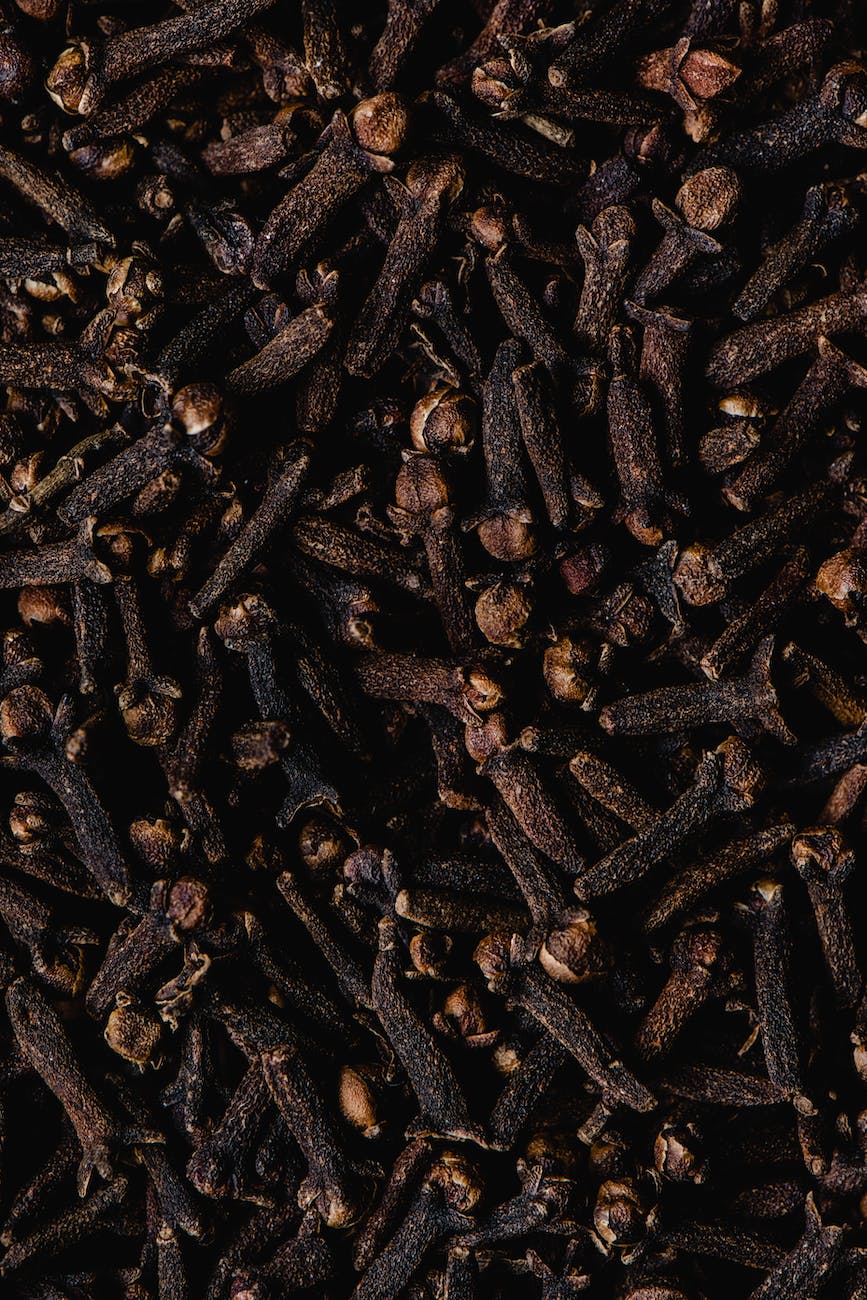
Introduction: 🌿🌸 Welcome to another informative blog post! In this edition, we will explore the potential benefits of using clove water on the face overnight. Clove, a fragrant spice renowned for its medicinal properties, has been used for centuries in various skincare rituals. When infused in water, clove releases its beneficial compounds, making it a potent elixir for skin renewal and radiance. Join us as we uncover the wonders of clove water and its potential effects on your skin when used overnight.
Understanding Clove Water: 🌿 Clove water is a natural concoction created by infusing cloves in water. The process allows the water to absorb the beneficial compounds present in the cloves, including eugenol, a compound known for its antimicrobial, anti-inflammatory, and antioxidant properties. These properties make clove water a promising addition to your skincare routine.
The Potential Benefits of Clove Water for the Skin:
- Antimicrobial and Acne-Fighting Effects: 🌿🦠 Clove water possesses potent antimicrobial properties that can help combat acne-causing bacteria, such as Propionibacterium acnes. Applying clove water on the face overnight may help reduce the presence of bacteria, unclog pores, and prevent acne breakouts.The antimicrobial effects of clove water can also aid in soothing existing acne lesions, reducing redness, and promoting a clearer complexion over time.
- Anti-Inflammatory and Skin Soothing Properties: 🌿🌡️ Clove water contains anti-inflammatory compounds that can help calm inflammation and soothe skin conditions such as redness, irritation, and sensitivity. Using clove water on the face overnight may provide relief from skin irritations caused by environmental factors or skin conditions like eczema and dermatitis.By soothing inflammation, clove water can contribute to a more balanced and comfortable complexion, promoting overall skin health.
- Antioxidant Protection and Skin Radiance: 🌿✨ The antioxidant properties of clove water can help protect the skin from free radicals, which are responsible for premature aging and skin damage. Regular use of clove water overnight may contribute to a more youthful and radiant complexion.Clove water’s antioxidants work by neutralizing free radicals and preventing oxidative stress, which can lead to wrinkles, fine lines, and dull-looking skin.
- Skin Renewal and Brightening Effects: 🌿🔄 Clove water can promote skin renewal and improve skin texture, leading to a smoother and more vibrant appearance. The exfoliating properties of clove water help remove dead skin cells, unclog pores, and encourage the growth of fresh, healthy skin.By incorporating clove water into your overnight skincare routine, you may notice a gradual improvement in skin tone and texture, with a reduction in roughness, unevenness, and the appearance of blemishes.
Using Clove Water on the Face Overnight:
- Clove Water Toner: 🌿💦 Prepare a clove water toner by steeping a handful of cloves in water for several hours or overnight. Strain the liquid and pour it into a clean spray bottle or container. Before bedtime, cleanse your face thoroughly, then spritz or apply the clove water toner gently onto your skin using a cotton pad or clean hands.Allow the clove water to absorb into your skin overnight, and there’s no need to rinse it off. Follow with your regular moisturizer or skincare products, if desired. Start with a small area of the face to ensure your skin tolerates it well.
- Clove Water Face Mask: 🌿🧖 Prepare a face mask by combining clove water with natural ingredients such as honey, yogurt, or aloe vera gel. Mix them until you achieve a smooth paste, then apply the mask evenly to your face before going to bed. Leave it on overnight, and rinse off with lukewarm water in the morning.This overnight clove water face mask can enhance the absorption of beneficial compounds, promote skin renewal, and leave your skin feeling refreshed and rejuvenated.
Precautions and Considerations: 🌿⚠️ Keep the following points in mind when using clove water on the face overnight:
- Skin Sensitivity: Clove water may cause skin irritation or allergic reactions in some individuals. Conduct a patch test before applying clove water to your entire face and discontinue use if you experience any adverse reactions.
- Proper Dilution: Ensure that the clove water is properly diluted to prevent any potential skin sensitization. If the clove water feels too strong, you can dilute it further with distilled water.
- Individual Variations: Results may vary depending on skin type and individual sensitivities. It’s always recommended to listen to your skin and adjust usage accordingly.
Conclusion: 🌿✨ Clove water, with its antimicrobial, anti-inflammatory, antioxidant, and skin-renewing properties, holds promise as an overnight elixir for skin renewal and radiance. By incorporating clove water into your skincare routine, you may experience potential benefits such as reduced acne, soothing of skin irritations, improved skin tone, and enhanced radiance.
Remember to use clove water responsibly and be mindful of individual skin sensitivities. If you have specific skin conditions or concerns, consult with a dermatologist before incorporating clove water into your skincare regimen.
Unlock the beauty secrets of clove water and wake up to refreshed, revitalized skin each morning.
